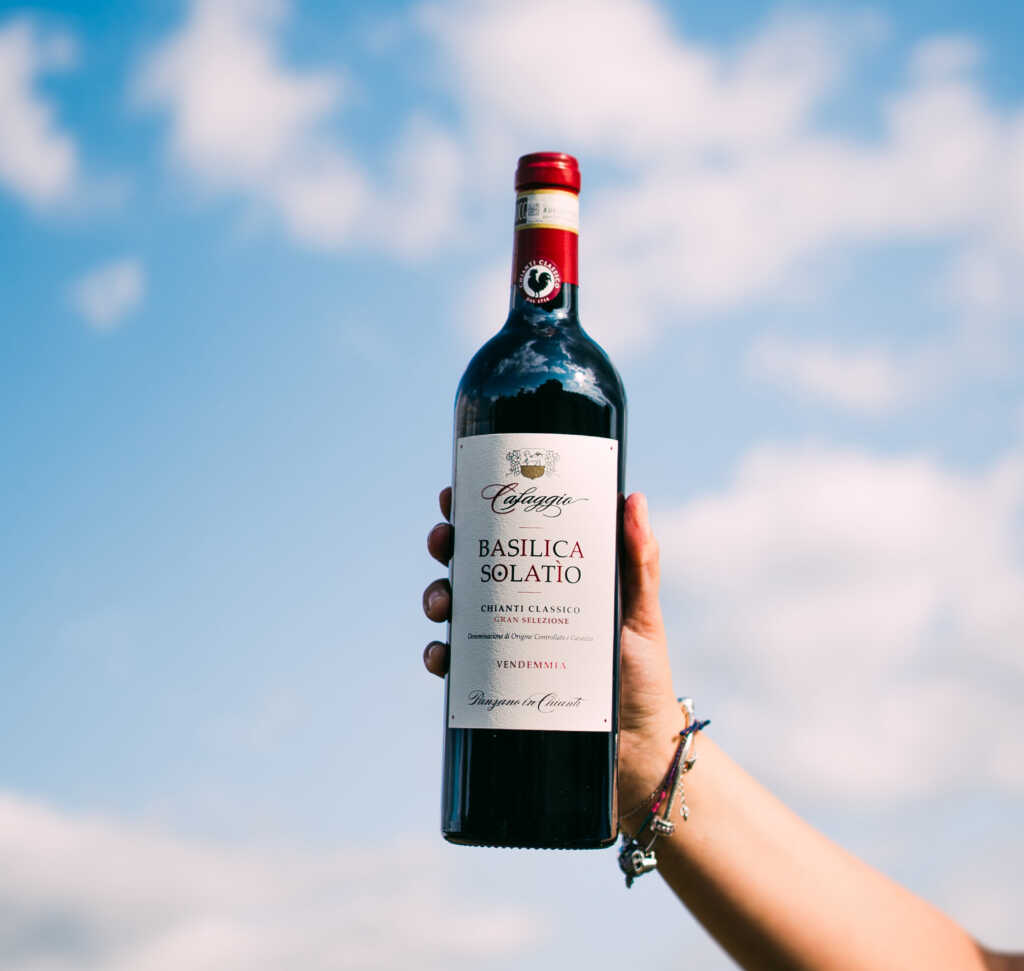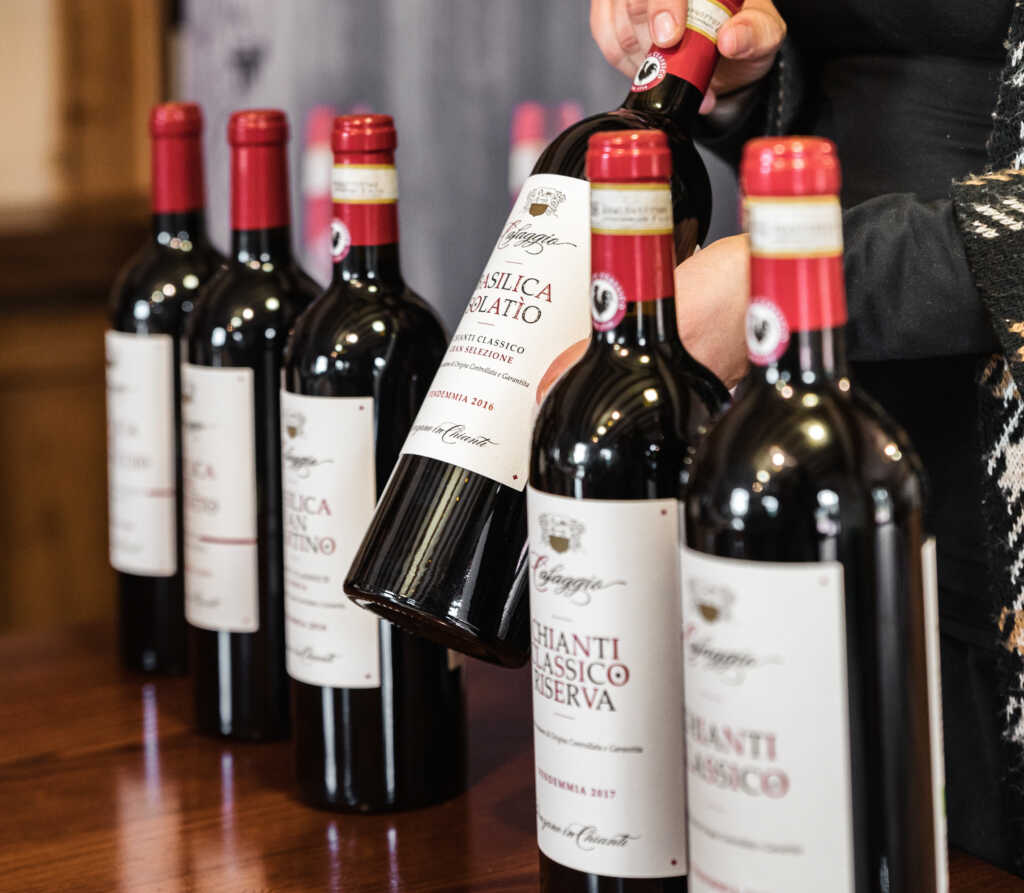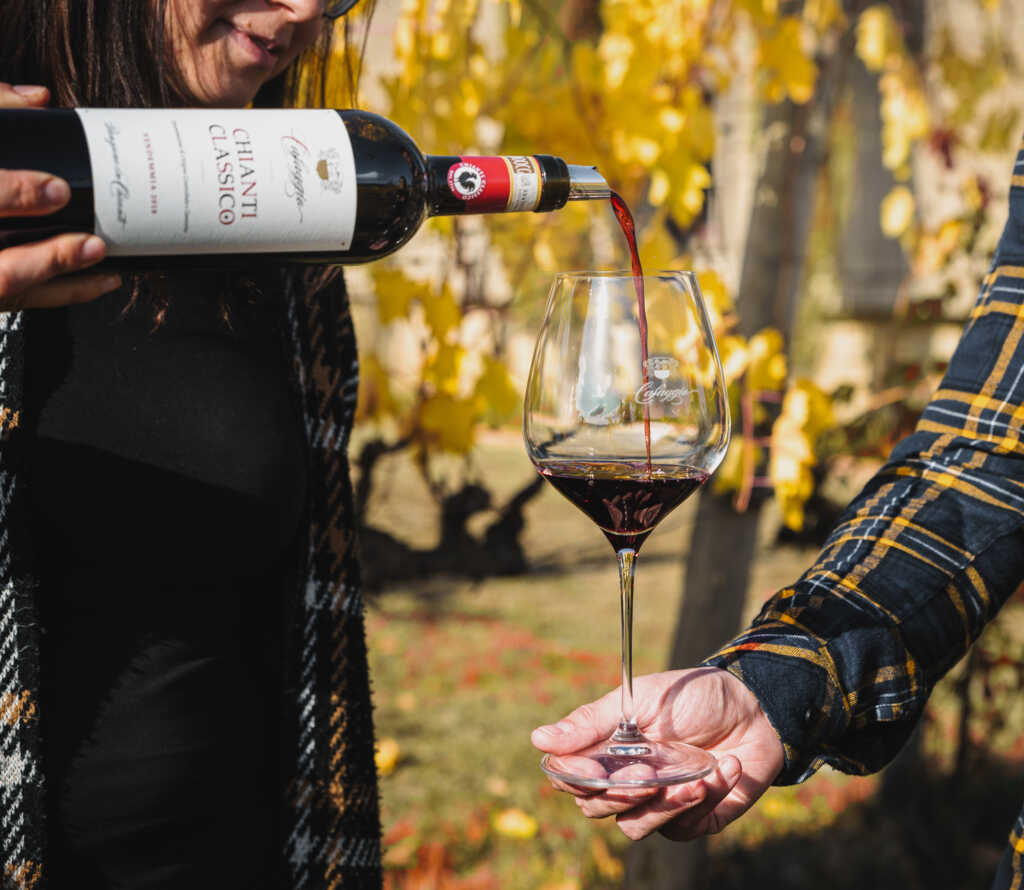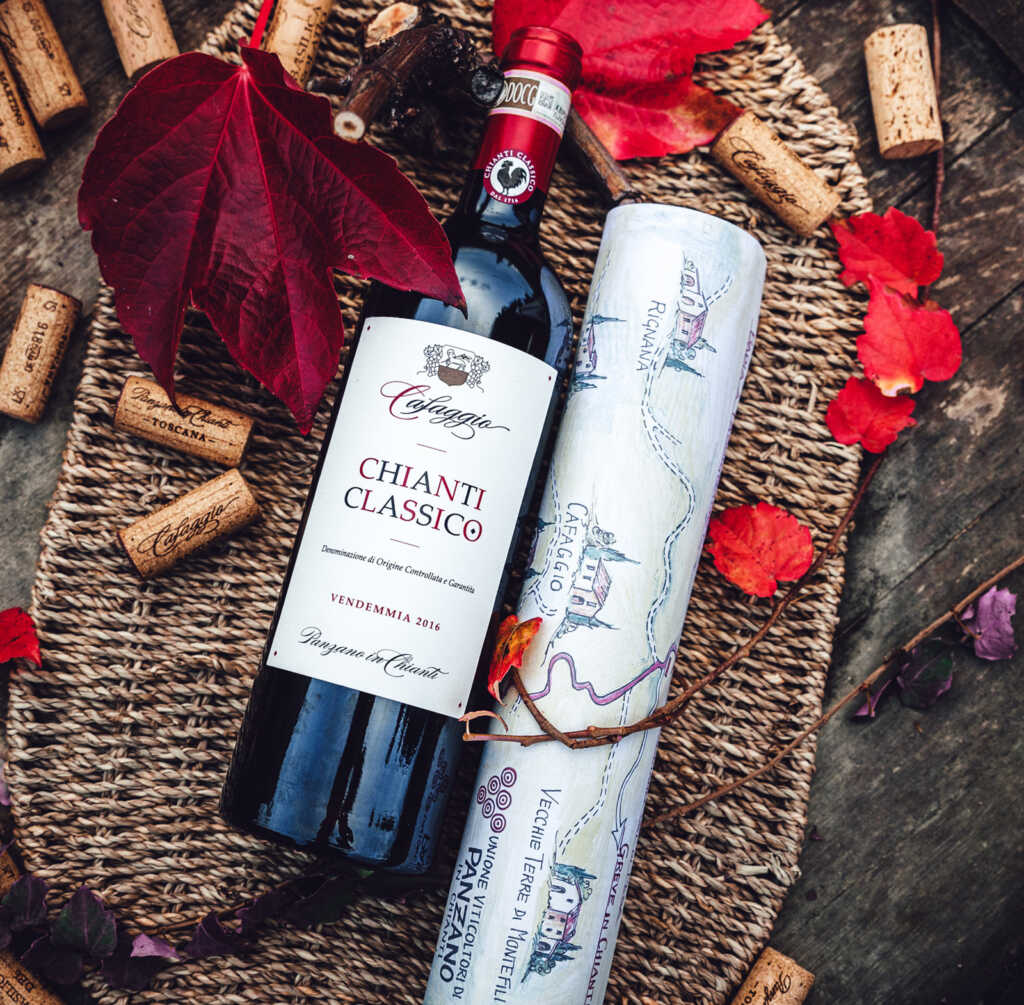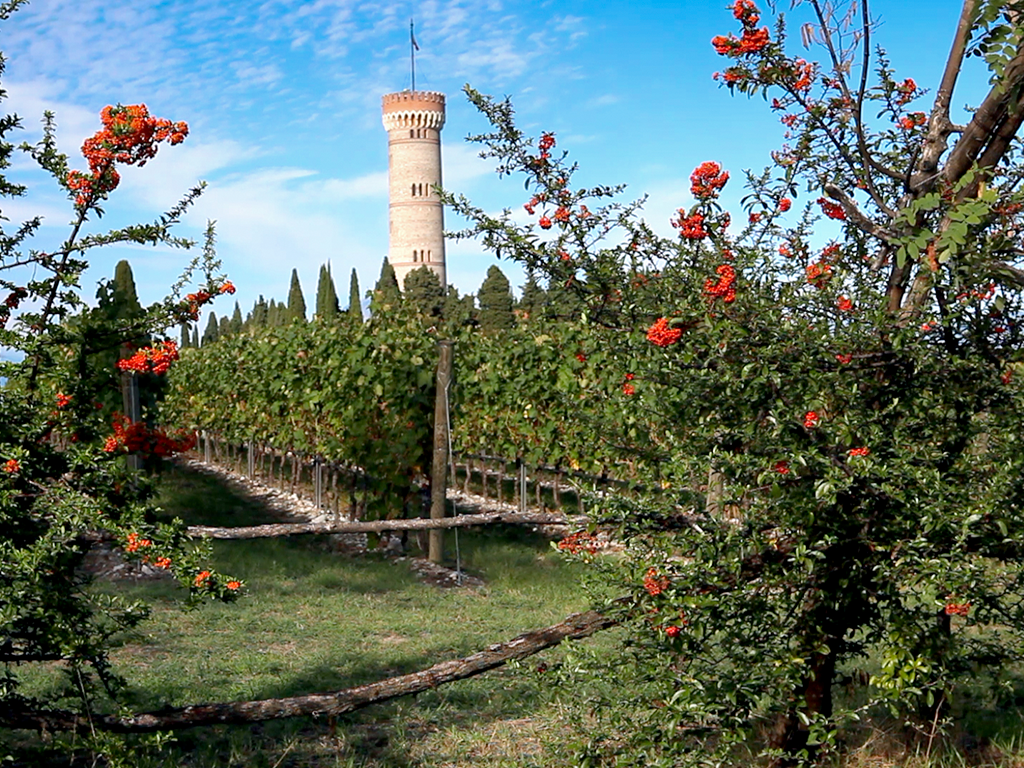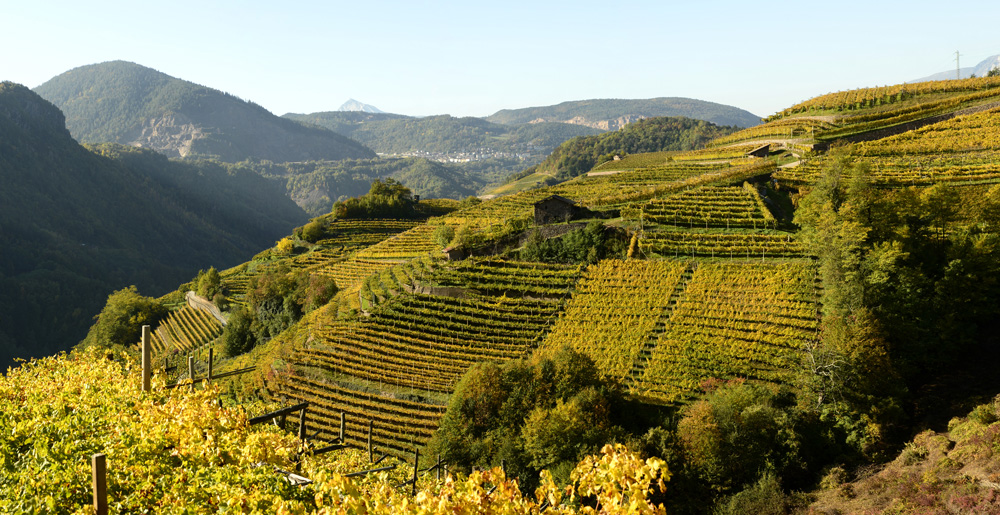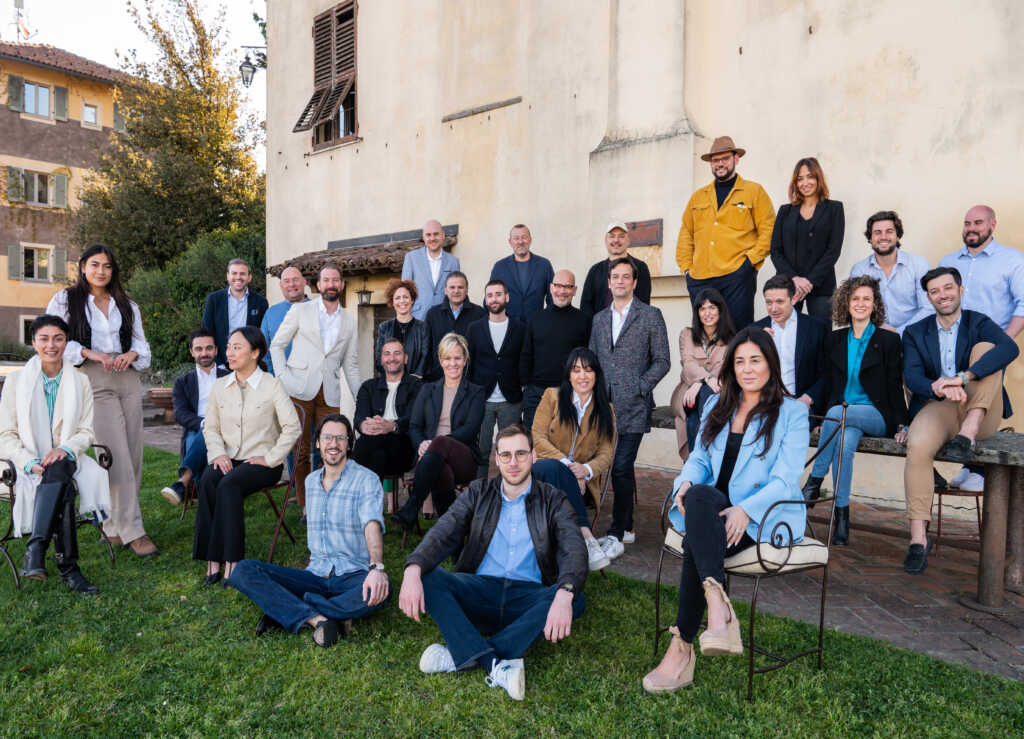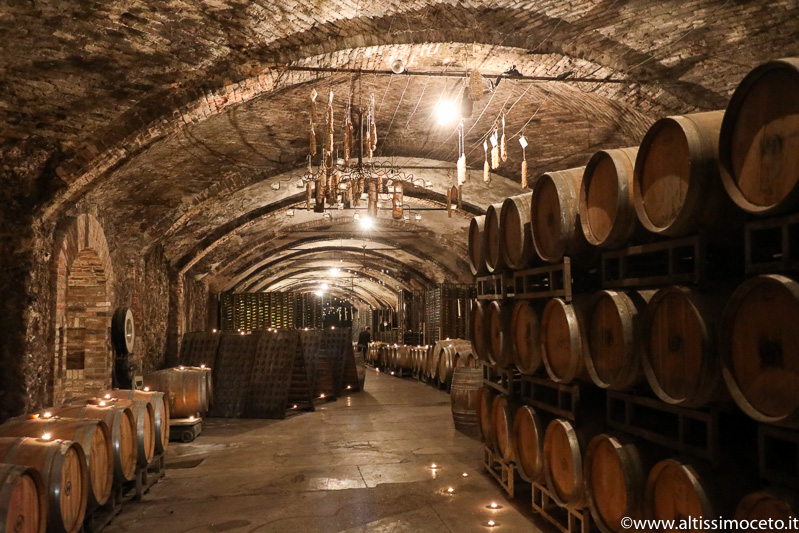Blog
Organic Prophet: Ruggero Mazzilli’s quest to create Italy’s first “Organic District” begins in Chianti Classico
![]() Ponzano in Chianti
Ponzano in Chianti
![]() March 29, 2023
March 29, 2023
![]() Wineries, Italy
Wineries, Italy
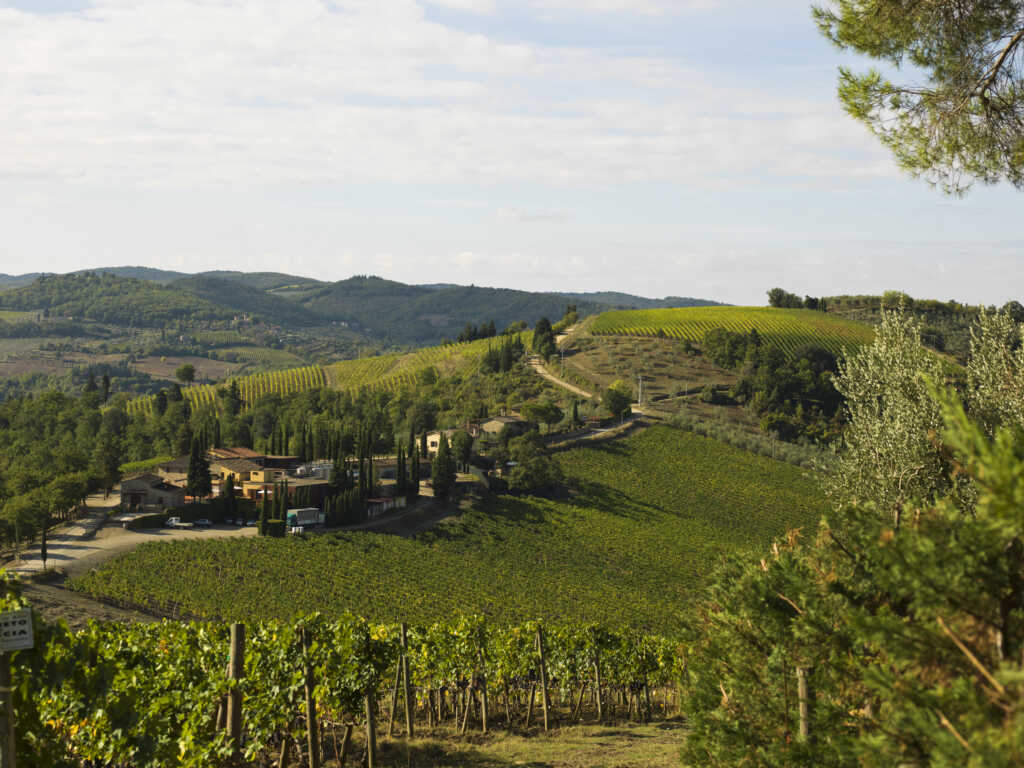
It all began nearly 30 years ago when a small group of like-minded grape growers and winemakers in Panzano in Chianti Classico decided to band together to form the first consortium of organic wine farms. The year was 1995 when this forward-thinking group first established the Unione Viticoltori di Panzano — the Panzano Union of Grape Farmers. They shared a vision to convince every grower in their village to convert to organic farming. If everyone abandoned the conventional, chemically based approach to viticulture, there would no longer be any pesticide, herbicide, or fungicide residue to seep into the vineyards, regardless of who owned them or where they were located in the township.
By 2005, they had hired the now legendary vineyard manager Ruggero Mazzilli, the Panzano-based organic pioneer and founder of SPEVIS, the Stazione Sperimentale per la Viticoltura or Station for Experimental Viticulture. His office and laboratory are located in the heart of the famous hamlet along the Chianti Classico “route.”
Not only did Ruggero support and advocate for their vision of a completely organic Panzano. He was also determined to see that future come to pass. As a crusader for chemical-free agriculture, he was convinced that the only way to show the world the true value and benefits of organic farming was to create “biodistretti,” an Italian neologism that denotes “bio districts” or “organic districts” (biologico means organic in Italian and is often abbreviated simply as bio).
Today, Ruggero travels across Italy and works with scores of other producers who dream of converting their macroclimates into biodistretti. But his crusade was bound to begin in Panzano, where he was already working with some of the hamlet’s top growers and winemakers.
In 2012 he would publish what has come to be considered a cornerstone of the organic grape farming movement in Italy, Appunti per Il Vignaiolo Naturale or Notes for the Natural Grape Grower, a veritable manual for the chemical-free vineyard manager. It has since been updated and republished twice. The core tenet, he writes is sustainability (please keep in mind that there is much more to discover in Ruggero’s prolific output as a writer).
In “big” agriculture, he notes, the “thing to be produced” dominates “how it is produced” and once the said product has been determined, the winemaker seeks out the ideal method for producing it. In eco-friendly agriculture, on the other hand, “how it is produced” takes precedence over the “thing to be produced” and the production method is geared toward obtaining healthier, more sustainable, and higher quality products. (All of Ruggero’s books can be downloaded for free. That’s how cool he is!)
“To ensure for themselves a healthy environment,” Ruggero was quoted in 2018 when 90 percent of Panzano was already being farmed organically, “the winemakers decided to take the path of sustainable and organic viticulture, which allowed to enhance aromas, flavors, character and personality of the wines, produced exclusively from grapes of their vineyards.” (The quote come from an excellent post on Chianti Classico by leading Canadian wine writer Michael Godel.)
The members of the Panzano growers union will tell you that their village and surrounding are possibly the first biodistrict in Italy. It’s a milestone and a brave new world that many across Italy are trying to emulate. And it’s part of a more recent campaign to transform all of Chianti into a biodistrict.
One of the earliest estates that Ruggero worked with to convert their vineyard to organic farming was Cafaggio, one of the most famous wineries in Panzano and an icon of the Panzano subzone in Chianti Classico. Its Conca d’oro (meaning “golden shell” or “golden basin”) amphitheater vineyard is arguably the most famous parcel in a township renowned for its historic vines and world-class wines.
And it was only fitting that the path toward Italy’s first biodistrict would start there. Cafaggio winery, a historic producer of some of the most highly-rated wines from Tuscany, is proud to be part of such an ambitious project. Not only does it make for one of the greatest expressions of Tuscany Sangiovese, Cabernet Sauvignon, and Merlot. But it also makes Chianti — and Italy and the world — a better place to live, eat, and drink great wine.



